CLL Treatment Comparison Tool
Enter Your Preferences
Recommended Treatment Options
Facing a choice between Leukeran and other cancer‑fighting drugs can feel like navigating a maze of medical jargon. You want to know which option controls the disease, keeps side effects manageable, and fits your budget. This guide breaks down Leukeran (chlorambucil) and the most common alternatives, giving you a clear picture so you can discuss the best plan with your oncologist.
Quick Takeaways
- Leukeran is an oral alkylating agent best for early‑stage chronic lymphocytic leukemia (CLL) and some lymphomas.
- Modern alternatives like bendamustine, fludarabine, rituximab and ibrutinib often provide higher response rates but may require IV infusion and cost more.
- Key decision factors include disease stage, tolerance to side effects, administration route, and insurance coverage.
What Is Leukeran (Chlorambucil)?
Leukeran (Chlorambucil) is an oral alkylating agent first approved in the 1950s. It works by attaching a chemical group to DNA, preventing cancer cells from replicating. Because it’s taken by mouth, patients can avoid frequent clinic visits, making it a convenient option for early‑stage chronic lymphocytic leukemia (CLL) or indolent non‑Hodgkin lymphoma.
How Leukeran Works in the Body
The drug forms cross‑links within the DNA helix, which triggers cell‑cycle arrest and eventual cell death. Typical dosing starts at 0.5mg/kg daily for 14days, followed by a rest period, then repeats every 28days. Side effects are largely due to bone‑marrow suppression: patients may experience anemia, neutropenia, and a higher infection risk. Other common complaints include nausea, fatigue, and mild skin rashes.

Modern Alternatives to Consider
While Leukeran remains a solid first‑line choice for many, newer agents often offer better response rates, especially in high‑risk disease. Below are the most frequently discussed alternatives.
1. Cyclophosphamide
Cyclophosphamide is another alkylating agent, usually given intravenously or orally in higher doses than Leukeran. It’s a backbone of many combination regimens (e.g., CVP, CHOP) for various lymphomas. Because it’s more potent, it can cause sterile hemorrhagic cystitis and requires careful hydration.
2. Bendamustine
Bendamustine blends alkylating properties with a benzimidazole ring that adds a unique mechanism. It’s administered IV over 30minutes on days1 and2 of a 28‑day cycle. Clinical trials show higher overall response rates in CLL and indolent lymphomas compared with Chlorambucil alone, but side effects include deeper neutropenia and potential skin toxicity.
3. Fludarabine
Fludarabine is a purine analogue that interferes with DNA synthesis. It’s given IV or orally in a 5‑day schedule. Fludarabine is especially effective in patients with bulky disease or those who need rapid tumor reduction. However, it can cause profound immunosuppression, raising the risk of opportunistic infections.
4. Rituximab
Rituximab targets the CD20 antigen on B‑cells, leading to immune‑mediated cell death. It’s administered as an IV infusion, often combined with an alkylating agent (e.g., Chlorambucil‑Rituximab). This combo improves progression‑free survival in CLL but adds infusion‑related reactions and higher cost.
5. Ibrutinib
Ibrutinib is a Bruton's tyrosine‑kinase (BTK) inhibitor taken orally once daily. It’s become a frontline therapy for many CLL patients, especially those with 17p deletion. Ibrutinib offers continuous disease control but carries risks of atrial fibrillation, hypertension, and bleeding.
Side‑by‑Side Comparison
| Drug | Class | Primary Indications | Route & Schedule | Typical Dose | Common Side Effects | Cost Tier* |
|---|---|---|---|---|---|---|
| Leukeran | Alkylating agent | Early‑stage CLL, low‑grade lymphoma | Oral, 14‑day on / 14‑day off | 0.5mg/kg/day | Myelosuppression, nausea, fatigue | Low |
| Cyclophosphamide | Alkylating agent | Various lymphomas, breast cancer | Oral or IV, 1‑3days per cycle | 600‑1000mg/m² IV | Hemorrhagic cystitis, alopecia | Medium |
| Bendamustine | Alkylating‑like | CLL, indolent NHL | IV, days1&2 q28d | 120mg/m² | Neutropenia, rash, fatigue | Medium‑High |
| Fludarabine | Purine analogue | Advanced CLL, ALL | IV or PO, 5‑day course q28d | 25mg/m² | Severe immunosuppression, autoimmunity | Medium |
| Rituximab | Monoclonal antibody | CD20+ B‑cell malignancies | IV infusion weekly ×4, then q2‑3months | 375mg/m² | Infusion reactions, hepatitis B reactivation | High |
| Ibrutinib | BTK inhibitor | CLL, mantle‑cell lymphoma | Oral, once daily continuously | 420mg | Atrial fibrillation, bleeding, hypertension | Very High |
*Cost tiers are relative and can vary by region and insurance.
How to Choose the Right Option
Every patient’s situation is unique, but you can streamline the decision by weighing four core criteria:
- Disease biology: High‑risk cytogenetics (e.g., 17p deletion) often push clinicians toward targeted agents like ibrutinib.
- Side‑effect tolerance: If you’ve struggled with neutropenia, an oral agent with milder marrow suppression-like Leukeran-might be preferable.
- Administration preferences: Oral pills (Leukeran, Ibrutinib) reduce clinic visits, while IV drugs (Bendamustine, Rituximab) guarantee adherence but require infusion centers.
- Financial considerations: Generic oral alkylators sit at the low end of the cost spectrum, whereas monoclonal antibodies and TKIs can be prohibitive without robust coverage.
Bring this checklist to your next oncology consult. A frank conversation about these factors often uncovers a regimen that balances efficacy with quality of life.
Practical Tips & Common Pitfalls
- Monitor blood counts every 2‑4weeks for any oral alkylator; early detection of neutropenia prevents infections.
- Stay hydrated when receiving cyclophosphamide to reduce bladder toxicity.
- If you’re on rituximab, get screened for hepatitis B before treatment begins.
- When taking ibrutinib, check blood pressure regularly and report any palpitations.
- Never skip doses of oral therapy without consulting your doctor-dose interruptions can lead to disease flare.
These small habits can make a huge difference in staying on track and avoiding avoidable complications.
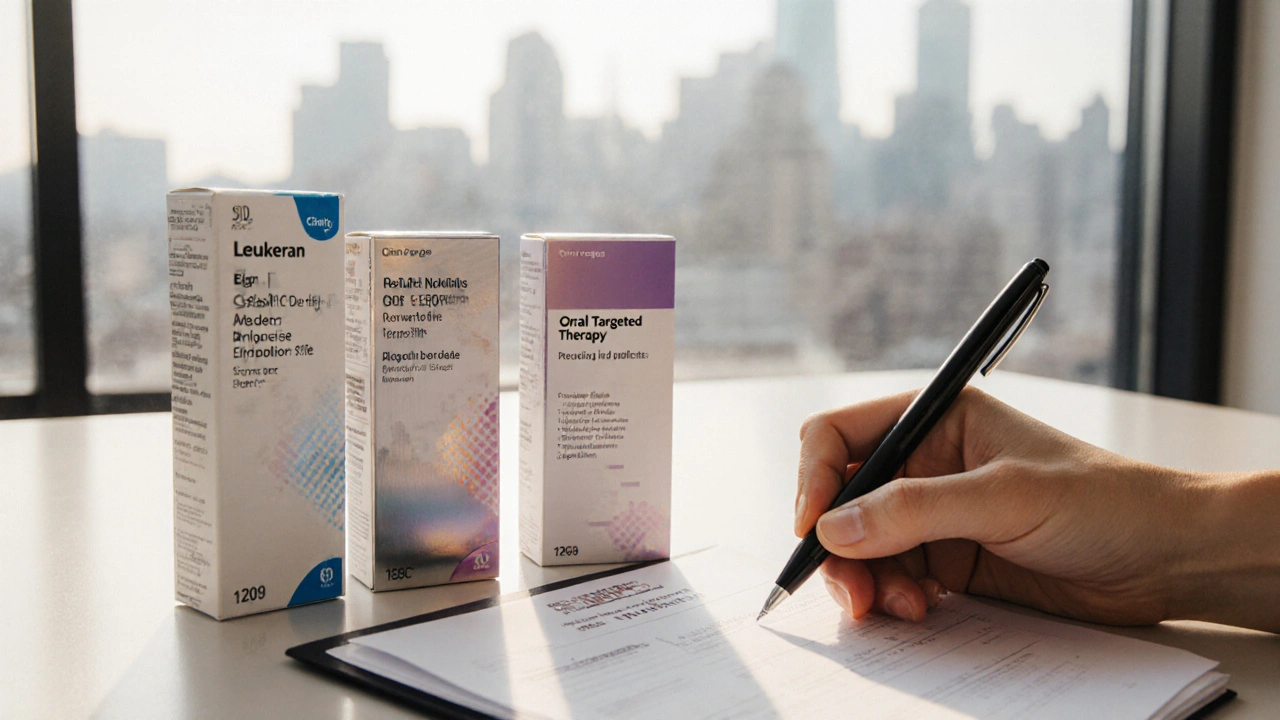
Frequently Asked Questions
Is Leukeran still used in modern CLL treatment?
Yes. For patients with early‑stage disease, good performance status, and no high‑risk genetic markers, Leukeran remains a cost‑effective, oral option that can delay the need for more aggressive therapy.
How does bendamustine compare to chlorambucil in response rates?
Clinical trials consistently show bendamustine achieving overall response rates of 70‑80% in CLL, versus roughly 30‑40% for chlorambucil alone. The trade‑off is a higher incidence of neutropenia and the need for IV infusion.
Can I switch from Leukeran to a targeted therapy like ibrutinib later?
Absolutely. Many treatment plans start with an oral alkylator and transition to a BTK inhibitor once the disease progresses or if high‑risk features emerge. Your doctor will assess blood work and genetic markers before making the change.
Are there any dietary restrictions while taking Chlorambucil?
No strict bans, but avoid grapefruit juice because it can affect drug metabolism. Maintain a balanced diet rich in protein to support bone‑marrow health, and stay well‑hydrated.
What should I do if I experience severe fatigue on Leukeran?
Report it promptly. Fatigue can signal anemia or low white‑cell counts. Your oncologist may adjust the dose, add supportive medications, or schedule a brief treatment pause.
Choosing between Leukeran and its newer counterparts isn’t a one‑size‑fits‑all decision. By understanding how each drug works, what side effects to expect, and where your personal priorities lie, you’ll be equipped to have a focused discussion with your care team. Remember, the best therapy is the one that controls the disease while letting you live the life you want.

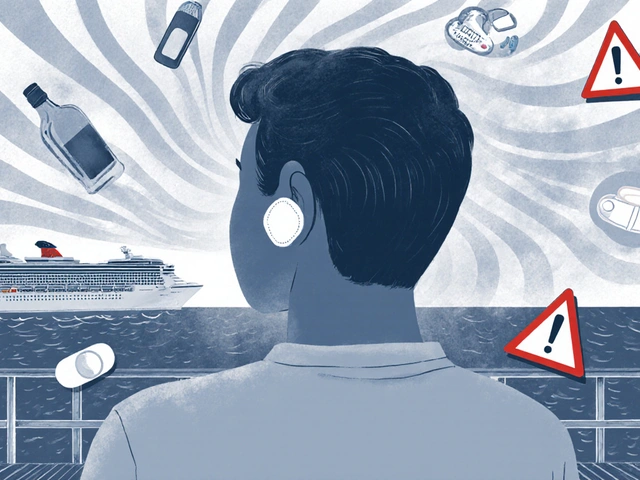
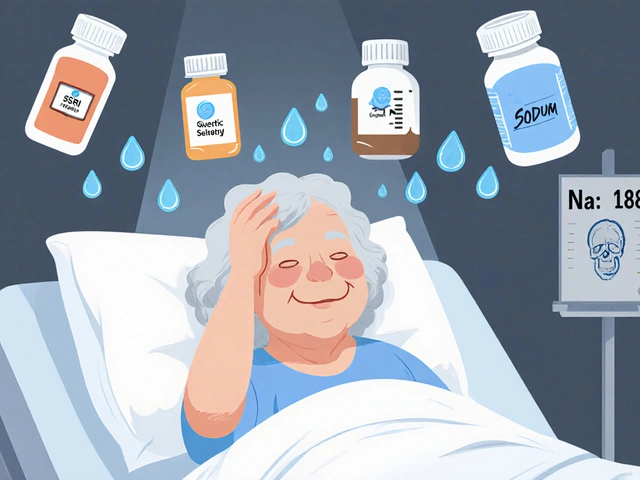
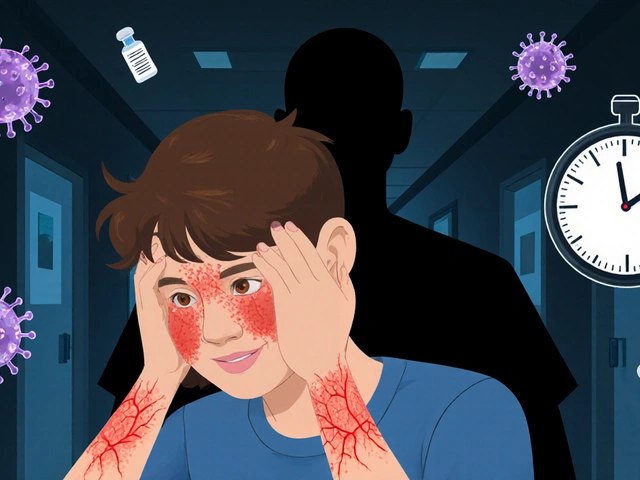


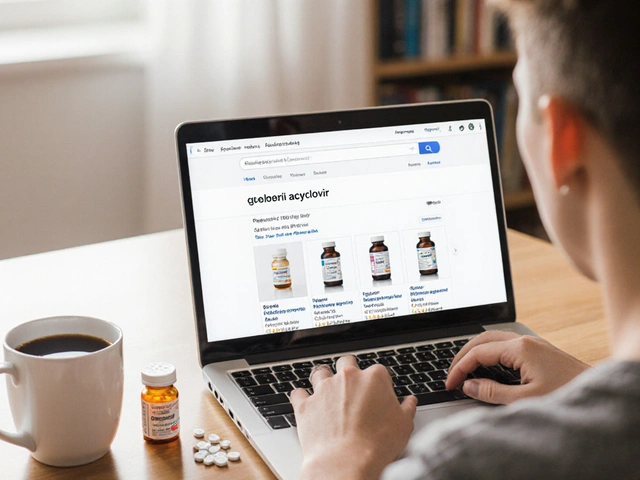
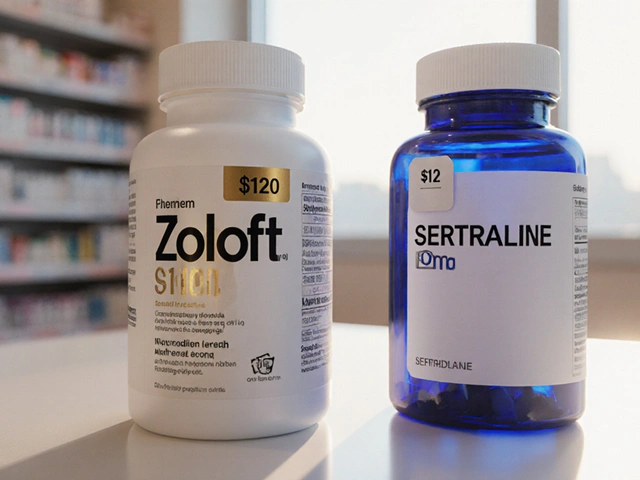

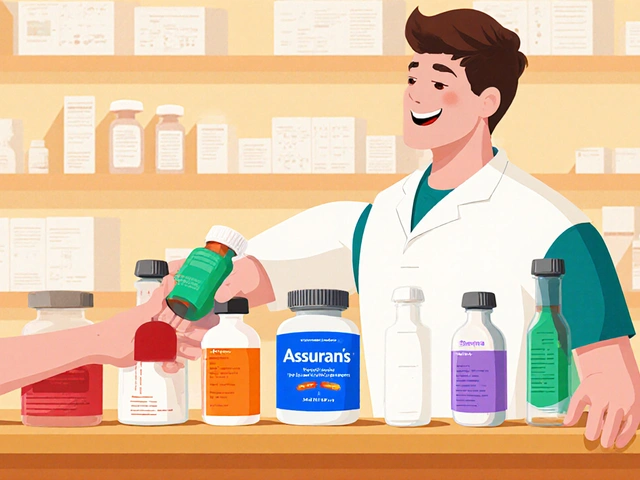
11 Comments
Yo, if you're feeling overwelmed by all the drug names, take a breath – you’ve got options! Leukeran might sound old‑school, but its oral convenience can be a lifesaver for early‑stage CLL, especially when you’re watching the wallet. Pair it with regular blood‑count checks and you’ll stay on top of side‑effects without missing your favorite Netflix binge. Remember, the best choice is the one that lets you keep living your story, not just surviving it.
Thinking about the trade‑offs between oral and IV therapies can feel like a philosophical puzzle, but it’s really about matching the treatment to your everyday life. If you prefer fewer clinic trips, an oral agent such as chlorambucil aligns well with a routine that values independence. On the other hand, drugs delivered intravenously often reach higher response rates, which may matter if the disease is aggressive. Talk with your doctor about your priorities; the conversation itself can illuminate the path forward.
Just a heads‑up for anyone scrolling through the table – the cost tiers aren’t set in stone. Your insurance plan, regional pricing and patient assistance programs can shift a ‘high‑tier’ drug down to something more manageable. So while the chart shows Ibrutinib as very high, many patients qualify for copay help that brings it into reach. Keep an eye on those resources; they can change the whole equation.
Leukeran’s oral schedule can actually fit nicely into a busy weekend routine.
Honestly, the heads‑up you give feels like a sugar‑coated excuse to ignore the real issue – that many people simply can’t afford the newer targeted agents no matter the assistance programs. The bottom line is that cost barriers still leave a lot of patients stuck with suboptimal choices.
It is incumbent upon the medical establishment to disclose the full economic incentives that accompany the promotion of high‑cost therapeutics such as Ibrutinib; the opacity surrounding pharmaceutical pricing betrays a systematic agenda that prioritises profit over patient welfare. Consequently, clinicians must exercise prudence and advocate for evidence‑based, cost‑effective regimens like Chlorambucil when clinical circumstances permit.
From a pharmacoeconomic standpoint, the incremental cost‑effectiveness ratio (ICER) of Ibrutinib versus Chlorambucil exceeds traditional willingness‑to‑pay thresholds, indicating that budget impact analyses should favor the latter in low‑risk cohorts. Moreover, real‑world data suggest comparable progression‑free survival in select patient subsets when adherence is high.
When one surveys the landscape of chronic lymphocytic leukemia therapeutics one cannot ignore the dichotomy between legacy alkylators and contemporary targeted agents. Leukeran, a venerable oral alkylating compound, offers a simplicity that resonates with patients who prize autonomy over intravenous infusion schedules. Its mechanism of DNA cross‑linking, while antiquated, remains effective in subsets of indolent disease where tumor burden is modest. Conversely agents such as Ibrutinib, with its oral BTK inhibition, deliver deep remissions even in high‑risk cytogenetic profiles but at the price of chronic dosing and cardiovascular vigilance. Bendamustine, delivered intravenously, amplifies response rates through a hybrid alkylating and antimetabolite action yet imposes profound myelosuppression that demands supportive care. Rituximab, a monoclonal antibody against CD20, synergizes with many regimens but introduces infusion‑related reactions that necessitate premedication protocols. Fludarabine, a purine analogue, achieves rapid cytoreduction but at the cost of severe immunosuppression that can precipitate opportunistic infections. Cost considerations thread through each therapeutic decision as insurance formularies and patient assistance programs sculpt the feasibility of high‑priced targeted molecules. In resource‑constrained settings the low‑cost oral nature of Chlorambucil often renders it the default first‑line choice despite its modest overall response metrics. Clinical guidelines increasingly endorse a risk‑adapted approach where genomic profiling informs the escalation from alkylators to BTK inhibitors. Monitoring of blood counts, renal function, and cardiac status forms the backbone of safe administration across this pharmacologic spectrum. Patients are advised to maintain hydration and avoid grapefruit juice when on certain agents to mitigate metabolic interactions. Shared decision‑making, anchored in transparent discussion of efficacy, toxicity, and lifestyle impact, emerges as the ethical cornerstone of modern oncology practice. Ultimately the optimal regimen balances disease control with quality of life, a calculus that differs for each individual. Therefore the conversation with your oncologist should explore not only the statistical outcomes but also how the treatment fits into your personal narrative.
Wow, a fifteen‑sentence novel about pills – because we all have time to read that between chemo sessions, right?
If you’re undecided, ask your pharmacist about generic chlorambucil pricing – it’s often the most budget‑friendly option.
While the price of a med is a concern, it is also a moral duty to consider whether the treatment aligns with evidential benefit rather than succumbing to market hype. Choosing a drug solely because it sounds fancy can undermine the principle of equitable health care.